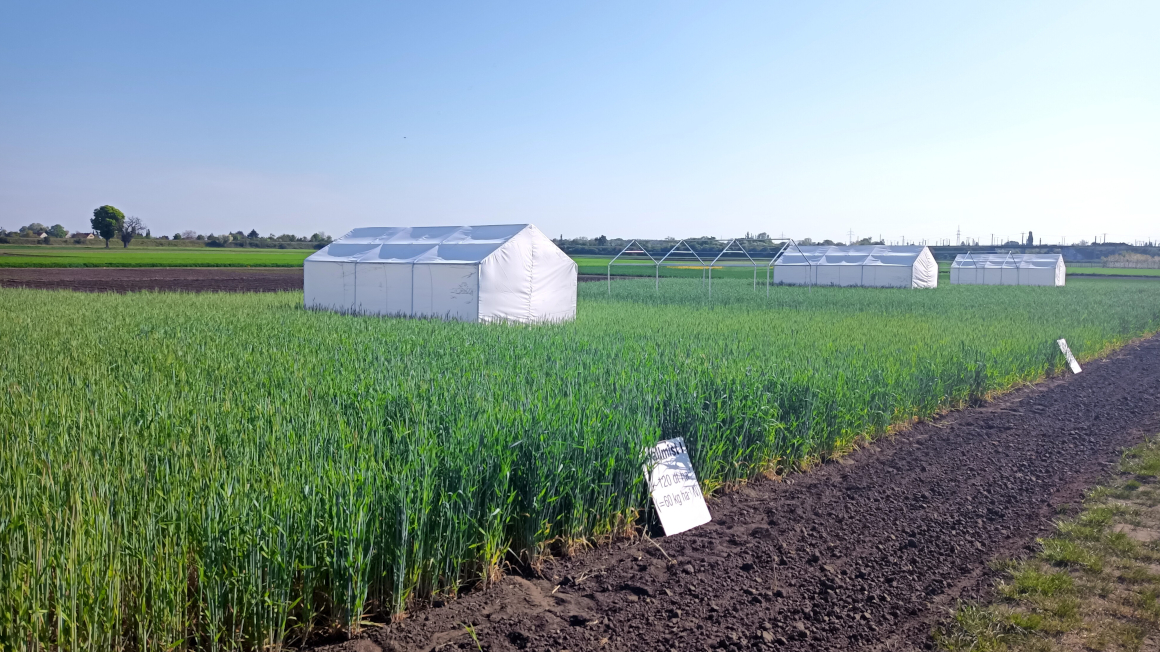Agroforestry stabilises yields
A long-term study by the University of Hohenheim in Stuttgart shows that agroforestry makes agricultural systems in temperate climate zones more resilient to climate risks. It therefore represents a resilient and sustainable alternative to conventional agriculture in Europe.

Droughts and other consequences of climate change are putting a strain on agriculture. This is why the cultivation method of agroforestry - already long established in the tropics and subtropics - is increasingly being used in European agricultural systems. This is because the integration of trees and shrubs with arable farming and livestock farming on the same land promotes biodiversity and protects against climate risks. A study by the University of Hohenheim published in Agronomy for Sustainable Development has now confirmed that agroforestry also stabilises arable yields in temperate latitudes.
Experimental area rediscovered
In contrast to warm climate zones, there has been a lack of long-term studies on agroforestry in temperate latitudes, particularly on its effects on yields under extreme weather conditions. At the Ihinger Hof experimental station in Renningen, researchers from the University of Hohenheim rediscovered one of the oldest agroforestry trial sites in Germany. The site dates back to 2007 and has been maintained and documented for 17 years despite little attention in the meantime. ‘Today, interest in agroforestry is enormous,’ says Olef Koch from the Agroforestry Systems Research Coordination Centre. ‘But trees are known to grow slowly. What we found at the Ihinger Hof is therefore invaluable.’
This enabled the researchers to analyse the yields of five winter crops in an agroforestry system with three different types of trees between 2012 and 2023: Winter peas, triticale, winter barley, winter wheat and rapeseed between native hedgerows, walnut rows and willow plantations. The highest yields were measured at a distance of 12-18 metres from the rows of trees, while they fell significantly in the middle of the avenue (18-24 metres). This is because trees and shrubs influence the microclimate on arable land and help to regulate it: ‘For example, they reduce temperature extremes, wind speed and evaporation,’ explains Olef Koch.
Effects through the right interaction
In order to achieve the positive effects in agricultural systems in temperate latitudes, a harmonised interplay of tree species, plant spacing, soil characteristics and climatic conditions is crucial. Strip-shaped agroforestry systems in particular enable mechanised cultivation and increase climate resilience - but involve conflicting objectives due to competition with cultivated plants for light, water and nutrients.
lh


